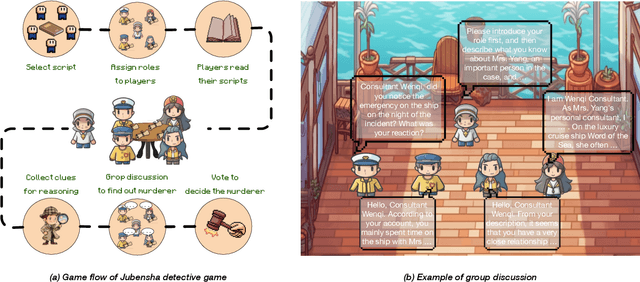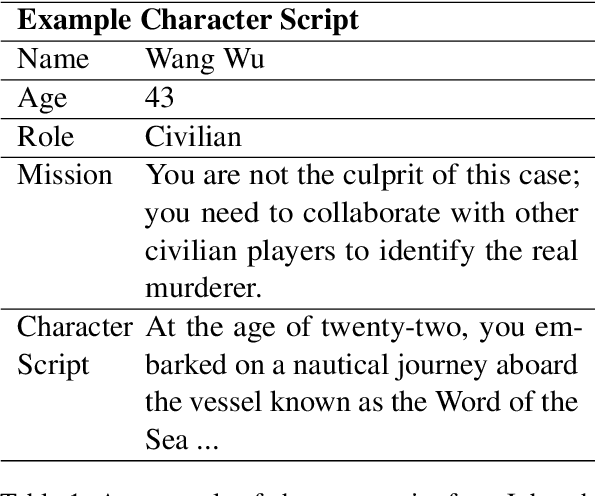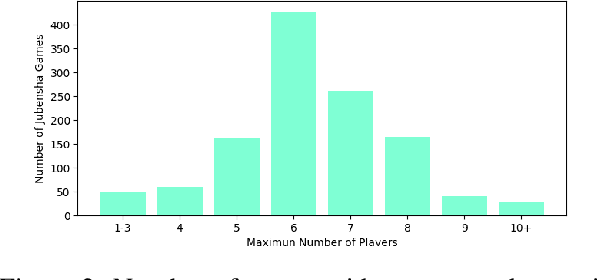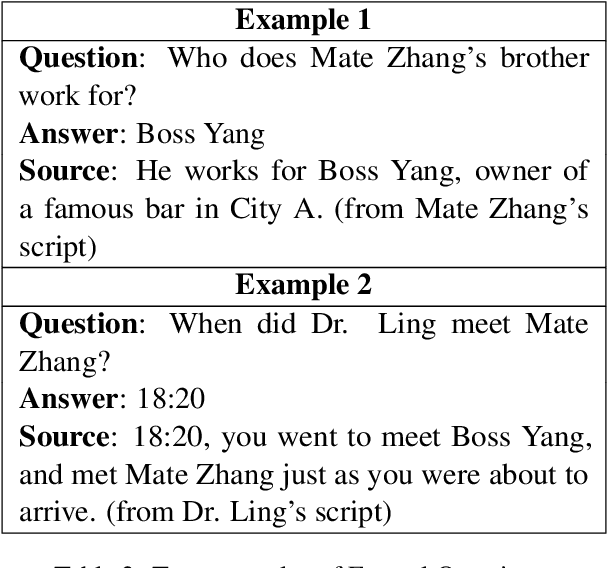Zhiyuan Sun
H2-MARL: Multi-Agent Reinforcement Learning for Pareto Optimality in Hospital Capacity Strain and Human Mobility during Epidemic
Mar 13, 2025Abstract:The necessity of achieving an effective balance between minimizing the losses associated with restricting human mobility and ensuring hospital capacity has gained significant attention in the aftermath of COVID-19. Reinforcement learning (RL)-based strategies for human mobility management have recently advanced in addressing the dynamic evolution of cities and epidemics; however, they still face challenges in achieving coordinated control at the township level and adapting to cities of varying scales. To address the above issues, we propose a multi-agent RL approach that achieves Pareto optimality in managing hospital capacity and human mobility (H2-MARL), applicable across cities of different scales. We first develop a township-level infection model with online-updatable parameters to simulate disease transmission and construct a city-wide dynamic spatiotemporal epidemic simulator. On this basis, H2-MARL is designed to treat each division as an agent, with a trade-off dual-objective reward function formulated and an experience replay buffer enriched with expert knowledge built. To evaluate the effectiveness of the model, we construct a township-level human mobility dataset containing over one billion records from four representative cities of varying scales. Extensive experiments demonstrate that H2-MARL has the optimal dual-objective trade-off capability, which can minimize hospital capacity strain while minimizing human mobility restriction loss. Meanwhile, the applicability of the proposed model to epidemic control in cities of varying scales is verified, which showcases its feasibility and versatility in practical applications.
Enhancing Agent Learning through World Dynamics Modeling
Jul 25, 2024Abstract:While large language models (LLMs) have been increasingly deployed across tasks in language understanding and interactive decision-making, their impressive performance is largely due to the comprehensive and in-depth domain knowledge embedded within them. However, the extent of this knowledge can vary across different domains. Existing methods often assume that LLMs already possess such comprehensive and in-depth knowledge of their environment, overlooking potential gaps in their understanding of actual world dynamics. To address this gap, we introduce Discover, Verify, and Evolve (DiVE), a framework that discovers world dynamics from a small number of demonstrations, verifies the correctness of these dynamics, and evolves new, advanced dynamics tailored to the current situation. Through extensive evaluations, we analyze the impact of each component on performance and compare the automatically generated dynamics from DiVE with human-annotated world dynamics. Our results demonstrate that LLMs guided by DiVE can make better decisions, achieving rewards comparable to human players in the Crafter environment.
OPEx: A Component-Wise Analysis of LLM-Centric Agents in Embodied Instruction Following
Mar 05, 2024



Abstract:Embodied Instruction Following (EIF) is a crucial task in embodied learning, requiring agents to interact with their environment through egocentric observations to fulfill natural language instructions. Recent advancements have seen a surge in employing large language models (LLMs) within a framework-centric approach to enhance performance in embodied learning tasks, including EIF. Despite these efforts, there exists a lack of a unified understanding regarding the impact of various components-ranging from visual perception to action execution-on task performance. To address this gap, we introduce OPEx, a comprehensive framework that delineates the core components essential for solving embodied learning tasks: Observer, Planner, and Executor. Through extensive evaluations, we provide a deep analysis of how each component influences EIF task performance. Furthermore, we innovate within this space by deploying a multi-agent dialogue strategy on a TextWorld counterpart, further enhancing task performance. Our findings reveal that LLM-centric design markedly improves EIF outcomes, identify visual perception and low-level action execution as critical bottlenecks, and demonstrate that augmenting LLMs with a multi-agent framework further elevates performance.
Deciphering Digital Detectives: Understanding LLM Behaviors and Capabilities in Multi-Agent Mystery Games
Dec 01, 2023



Abstract:In this study, we explore the application of Large Language Models (LLMs) in "Jubensha" (Chinese murder mystery role-playing games), a novel area in AI-driven gaming. We introduce the first Chinese dataset specifically for Jubensha, including character scripts and game rules, to foster AI agent development in this complex narrative environment. Our work also presents a unique multi-agent interaction framework using LLMs, allowing AI agents to autonomously engage in the game, enhancing the dynamics of Jubensha gameplay. To evaluate these AI agents, we developed specialized methods targeting their mastery of case information and reasoning skills. Furthermore, we incorporated the latest advancements in in-context learning to improve the agents' performance in critical aspects like information gathering, murderer detection, and logical reasoning. The experimental results validate the effectiveness of our proposed methods. This work aims to offer a fresh perspective on understanding LLM capabilities and establish a new benchmark for evaluating large language model-based agents to researchers in the field.
Augmented smartphone bilirubinometer enabled by a mobile app that turns smartphone into multispectral imager
Mar 04, 2023


Abstract:We present the development of SpeCamX, a mobile application that transforms any unmodified smartphone into a powerful multispectral imager capable of capturing multispectral information. Our application includes an augmented bilirubinometer, enabling accurate prediction of blood bilirubin levels (BBL). In a clinical study involving 320 patients with liver diseases, we used SpeCamX to image the bulbar conjunctiva region, and we employed a hybrid machine learning prediction model to predict BBL. We observed a high correlation with blood test results, demonstrating the efficacy of our approach. Furthermore, we compared our method, which uses spectrally augmented learning (SAL), with traditional learning based on RGB photographs (RGBL), and our results clearly indicate that SpeCamX outperforms RGBL in terms of prediction accuracy, efficiency, and stability. This study highlights the potential of SpeCamX to improve the prediction of bio-chromophores, and its ability to transform an ordinary smartphone into a powerful medical tool without the need for additional investments or expertise. This makes it suitable for widespread use, particularly in areas where medical resources are scarce.
 Add to Chrome
Add to Chrome Add to Firefox
Add to Firefox Add to Edge
Add to Edge